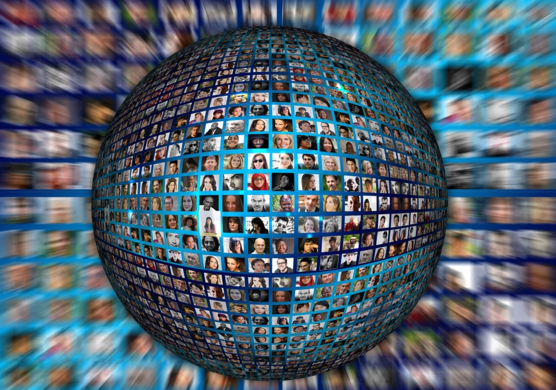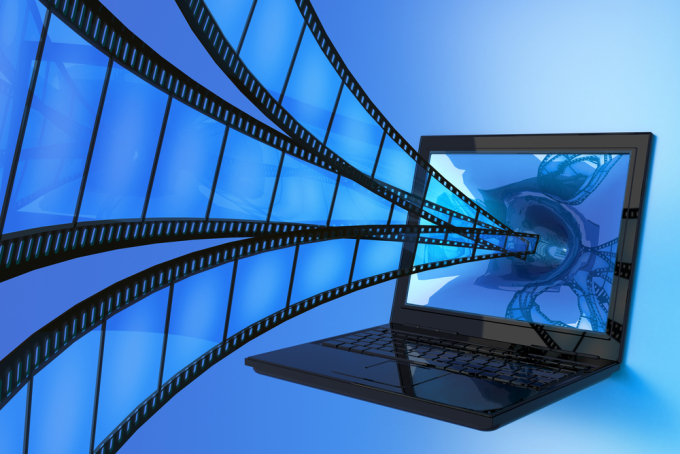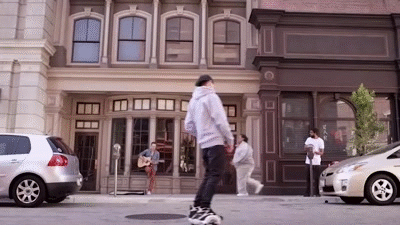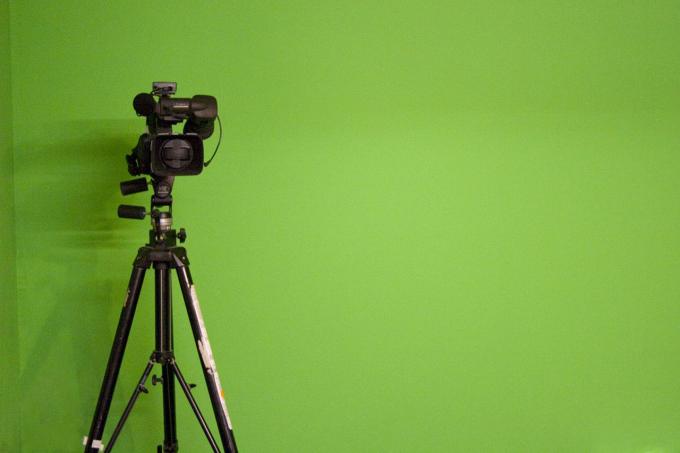Life is only a moment between past and future

Twitter, which turned 10 this week, seems to have made reality a solid organizational principle. At a meeting of the entire Facebook team, held last month, Mark Zuckerberg announced reality-video the top priority for Facebook.
It is clear that Mr. Zuckerberg is directing his forces to combat Periscope, a mobile application for streaming live video, which, in turn, is desperately competing with Meerkat.
')
Amazon is expanding its recently acquired Twitch real-time gaming platform to new content categories such as Food. Google, which fought Amazon on Twitch, is now rumored to be working on a video streaming application, gathering millions of viewers by direct transmission of events such as, for example, the AlphaGo computer program vs Korean professional ninth dan Lee Sedola or the US presidential debate .
In the meantime, the Instagram Spotlights and Twitter Moments apps are chasing the Live Stories chat App, which presented its first web experiment at the Oscar film awards and its first global Live Story about a cricket match last week.
The “stream of reality” is the most dynamic class of mobile information conveying that is developing today, because it is fast, providing the effect of being present and accessible right in the palm of your hand. He carries everything that we love on the Internet (and sometimes hate!) - the absence of intermediaries, first-person transmission and chaos as in hell. And it changes the way we communicate with events in the world, because it creates new opportunities to experience them and participate in them.
The ability to send emergency messages launches new communication tools (new media). When the 7/7 bombings took place in London, photographs from the field of events being placed on the photo hosting site of the Flickr social network, in the blink of an eye, made this network an international photo platform. When the pilot Sally Sallenberger safely landed the plane on the Hudson on January 15, 2009, Twitter became the channel through which the world saw the photos from the wing of the plane. And after the recent, December 2015, San Bernardino firing has turned into the eyes of many of the means of sending frivolous SMS to a new generation application for emergency messages.
While real-time streaming video has been around for ten years, the “reality stream” is something new. Therefore, let us consider what we understand by the term “stream of reality” or “reality stream”. Despite many platforms and formats, they have some common characteristics.
The "stream of reality" represents in real time the events taking place in some place at some time, from different points of view. He personifies mobile communications. It may include photos, videos, comments, updated information about the state of affairs, various types of registration and all sorts of combinations specified. The reality stream gives a remote audience a unique opportunity to both watch the unfolding events and participate in them. And finally, since the reality stream is multi-angle, multi-format, and unsynchronized, it is often an incredible jumble that requires some human editing to somehow aggregate it into generalized streams to facilitate use. Reality flow, as a means of communication, has the following characteristics:
* Democratic
The stream shows everyone: witnesses, world leaders, celebrities, ordinary citizens. And, essentially, it encourages participation in real time.
* Action for long distances
The stream creates new opportunities from the position of large groups of people, since it creates a feeling of real closeness, direct participation and immersion in the environment.
* Complete untreated
The stream is erratic, consisting of fragments prepared on portable devices, and non-linear (non-sequential). It often needs streamlining and editing.
Why now?

The flow of reality as a means of communication becomes the mainstream due to the explosive combination of factors. There are about two billion smartphones and tablets equipped with photo and video cameras in the world. This widely distributed network from the inside provides massive coverage of the world’s territory with mobile devices. Add to this picture , taken in 2013, the now universally and reliably operating 4G networks, and it turns out to be possible to direct information flows freely, both to ascending and to the dominant social platforms, which themselves encompass the global audience of billions of eyes involved.
The final component in the rapid entry of the stream into life is the generation of “two thousand thousandths” (and, increasingly, all of us), which relies on a mobile device as the main means for collecting information, processing it and participating in actions based on it. This “mobile generation” is replacing previous generations tied to televisions and desktop browsers. The world of this generation is communication between mobile devices, real-time media channels, a look without an intermediary, active participation in processes and the ability to repeatedly play event recordings directly from your mobile device.
And how can you manage all such a reality stream? Most of us are too busy to respond to every alarm. How will users be able to search, find and use something in the rubble that accumulates behind the reality stream? Naturally, people want to be able to bookmark themselves in this stream, play back fragments, search, somehow classify and simply view post-reality recordings. (Please note that I am quite well versed in this matter, as I am the general director of Katch, a video platform that is actively involved in the search, classification and distribution of post-reality records).
Almost reality

Speaking about repetition (reproduction) of reality accumulated in the stream (post-reality-recording), one should understand that the term “reality” has always been something of a mental construction. Direct broadcasting has delays that are built in for editing, and television broadcasted pre-recorded “reality TV shows” as a musical and humorous program “Saturday Evening Live” for many decades. While there is a feeling that technology has led us to a point from which “reality” can really mean “direct transfer”, yet, “reality” continues to be a non-inspiring concept.
Live chat from the chat is often fragments of media received a few hours earlier. The real-time Twitter feed now, in a dubious way, contains time-shifted tweets “While you were away ...”. Much of this distinction is smoothed by the dependence on time to illusiveness on platforms such as, for example, the Meerkat and Periscope. But as these platforms mature, tensions will grow between the desire to maintain a relatively small number of viewers of genuine "reality" and the desire to reach a larger audience of post-reality recordings.
TV in your pocket

People love the video. The Live Stories chat application started as a photo collage, but now it is dominated by video. It can be expected that the video will play an increasingly important role in the reality stream and in the content that we create and use on our mobile devices. The increase in the number of videos on our phones is inevitable, as mobile cameras are improving, network performance is increasing, programs for creating and editing are improving, and more and more people are switching to a mobile phone and finding new sources of content. Since the cost of video advertising far exceeds that in other forms of online advertising, there will be a need for platforms for this as well. Perhaps that is why such social networks as Facebook and Twitter tend to include video.
“Live video is one of the things that worries me the most,” said Mr. Zuckerberg in Berlin recently. “I believe the video is a megatrend, almost as big as a mobile device,” he said in another interview.
To the extent that reality stream providers are able to do this, they should focus on improving and diversifying all their offers around the video.
The coming ...

If reality-flow is as great as Mr. Zuckerberg and other players in this field imagine, the methods of our communication, bringing and receiving news will change significantly. It is still only the beginning of the journey, and much remains to be done to make it work.
Will online markets evolve for consumers to meet the request? Imagine the ability to pool resources and work together to document important and highly specialized events through online online communities.
With the explosion of reality flow applications, will new services try to stand out in a vertical, niche-oriented community? Notice that we started to see this with services such as Nom, Krue and Waggle.
Now, both Stories Stories, Twitter Moments and Instagram Spotlights are being streamlined and edited. Will programs be able to help sort, evaluate, and produce the brightest fragments?
Can communities be used to participate in streamlining? Or will the editorial voice and report become more important?
Nothing in life is completely free. Services will have to build business models around the reality stream. Expect to see monetization experiments with sponsorship, advanced advertising, duplication, analytics, virtual goods and patronage.
It remains to be seen how all of the above transform the way we connect with newspaper materials. But one thing is certain: the revolution is coming, and its name is “reality”.
Source: https://habr.com/ru/post/299746/
All Articles